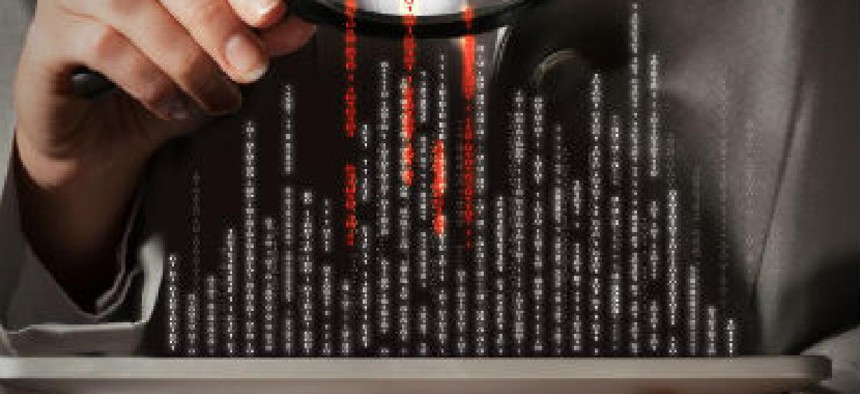Pushing agencies to embrace programmability

Four programmability challenges for federal IT -- and how to tackle each of them.

In a professional climate that demands nonstop productivity, organizations everywhere depend on their technology to keep pace. More than ever, federal agencies want systems and processes that reduce complexity and waste.
Even so, adopting and implementing new technology comes with a range of challenges, particularly for agencies dealing with budget constraints, workforce shortages and a lot of red tape. For IT professionals in particular, the pressure to balance efficiency and reliability with security and cost can be intimidating. The result? Potentially transformative technology remains just out of reach, despite all the benefits it may offer.
Take, for instance, the programmable network.
Programmability -- which uses software instead of hardware to control network data -- has long since proven its merit in the commercial sector. Google, for instance, adopted programmability to create environments and solutions specifically tailored to its business needs. Such successes have sparked considerable conversation about how programmability could also transform federal infrastructures.
From improved security to operational efficiencies, programmable networks offer no shortage of benefits to federal agencies. And yet, many agencies remain uncertain about this technology and how to embrace it.
Let's consider some of the federal sector's primary hurdles to adopting a programmable network, and some ideas to tackle them.
Awareness
Network programmability is a relatively new concept. Consequently, not many federal IT decision makers fully understand the technology and what it offers. They’re used to traditional networking, which often offers little flexibility in how systems are used beyond the intended purpose. And while this rigidity has its merits, it also stifles innovation.
These decision makers need educational and cultural shift regarding programmability. Right now, engineers are often hindered by their existing networks, preventing them from using networks as a problem-solving platform. For example, standing up various applications or altering permission levels requires engineers to make manual command line interface (CLI) changes at each router and switch. With programmability, however, this task can be simplified through automation.
Expertise
Programmable networks vs. traditional networks require vastly different skillsets, which can seem particularly intimidating and challenging when you’re responsible for safe-guarding millions of sensitive files.
Current federal network engineers are accustomed to usual high-touch, manual CLI-focused systems. Maintenance often involves editing lines of code in rigid frameworks that make changes difficult and time-consuming. For programmability to work, the federal space needs a different kind of network engineer.
Sure, agencies still need engineers with CLI skills. But they also need professionals with scripting and programming skills -- a newer, and thus less common, breed in the federal space.
Procurement
Causing further complications is the federal IT procurement process, which lacks standards conducive to introducing programmability. This can prevent the new breed of scripters from working with some of today’s federal networking technology.
A programmability-friendly process, on the other hand, includes capabilities such as open API integration and programming in its procurement documentation. As new technology is acquired, systems will be programmability compatible, ultimately setting up agencies for future success.
Collaboration
Too often, federal IT teams -- for example, server and network teams -- consist of multiple contractors operating independently of each other, even within the same agency. The result? A disparate, less efficient and unproductive approach.
For instance: While your network team focuses on the infrastructure, perhaps your server team is concerned with upgrading the application, with neither group talking to the other. But the open and flexible nature of programmability makes these conversations critical.
There's work to be done, but the hurdles are not insurmountable. With planning, education, awareness and collaboration, programmability could be a true game changer for federal IT departments.





